Colonial Furniture Hardware
Introduction:
An essential part of furniture making is furniture hardware. It provides not only the ornamental details but also the needed functionality to make furniture pieces durable and last for generations. In the colonial era, furniture hardware was made primarily from brass, iron, and copper, as these were the most widely available and affordable materials at the time. This article will explore the furniture hardware of colonial America, looking at the use of materials, the design, the makers, and the evolution of furniture hardware during this time period.

Materials Used:
In colonial America, brass, iron, and copper were the most commonly used materials for furniture hardware. Brass was particularly popular as it was easy to work with and had an attractive golden appearance, making it a popular choice for ornate decoration. Iron was widely used for hardware that required strength, such as locking mechanisms, hinges, and drawer pulls. Copper was used for both its strengths in durability as well as for decorative purposes. These materials were often combined to create unique designs.

Design:
The designs of colonial furniture hardware varied greatly, depending on the region, style, and purpose of the piece of furniture. New England furniture was typically simple in design, with less elaborate decoration on the hardware. In contrast, southern furniture tended to have more ornate brass decoration with intricate patterns and designs. Furniture hardware was designed to be both functional and decorative and was carefully selected to complement the overall style and aesthetic of the piece of furniture.

Makers:
Many colonial craftsmen specialized in producing furniture hardware, and their work was essential in the creation of colonial furniture pieces. Some of the most renowned hardware makers were Benjamin Burt, William Cox, and Samuel Vernon. These craftsmen produced a wide variety of hardware pieces, including hinges, locks, handles, escutcheons, and drawer pulls. They also incorporated elements of the Rococo and Chinoiserie styles to their designs, which had started to gain popularity in Europe. These craftsmen worked both locally within their small townships, as well as large and growing urban centers.

Evolution of Furniture Hardware:
As the colonial era progressed, furniture hardware started to become more standardized in its design and production. This was due to the increasing industrialization of America, which enabled the mass production of hardware that was cheaper, faster, and more uniform in design. This mass production started to take root during the 1800s. Mass production allowed manufacturers to offer a larger variety of furniture hardware designs and offer the hardware at lower cost since it could be manufactured on a larger scale.

Conclusion:
Furniture hardware played an integral role in the making of colonial furniture pieces. The use of brass, iron, and copper made the furniture hardware not only durable but also aesthetically pleasing. The design of colonial furniture hardware was carefully designed to complement the style and overall aesthetic of the furniture piece. As the USA industrialized, furniture hardware started to become more standardized in its design and production. This innovation was what made it possible to create furniture hardware that was both functional and beautiful, transforming the American furniture industry.






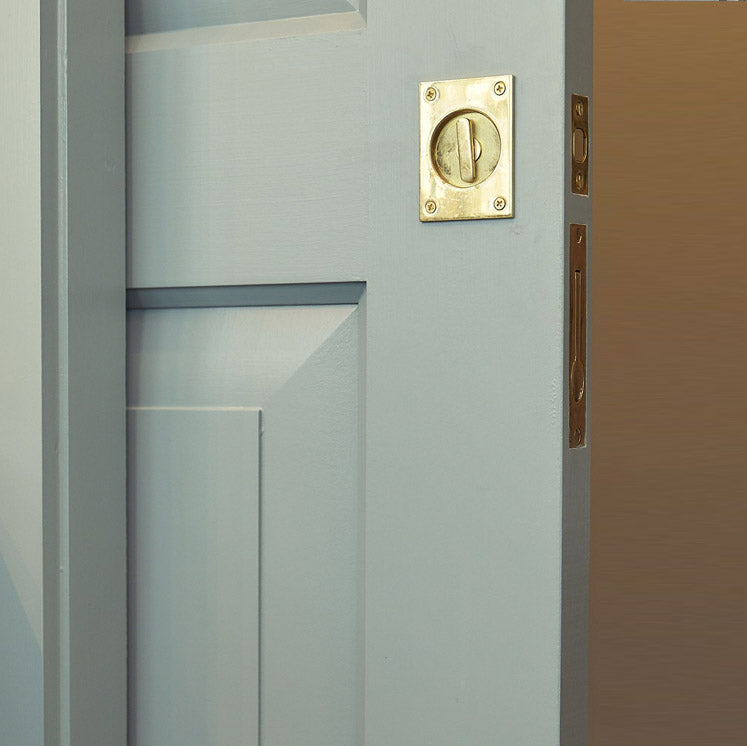

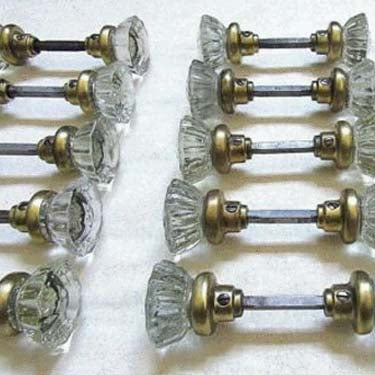

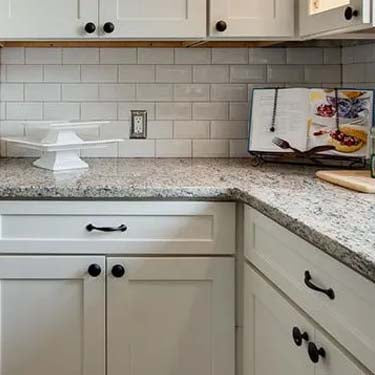










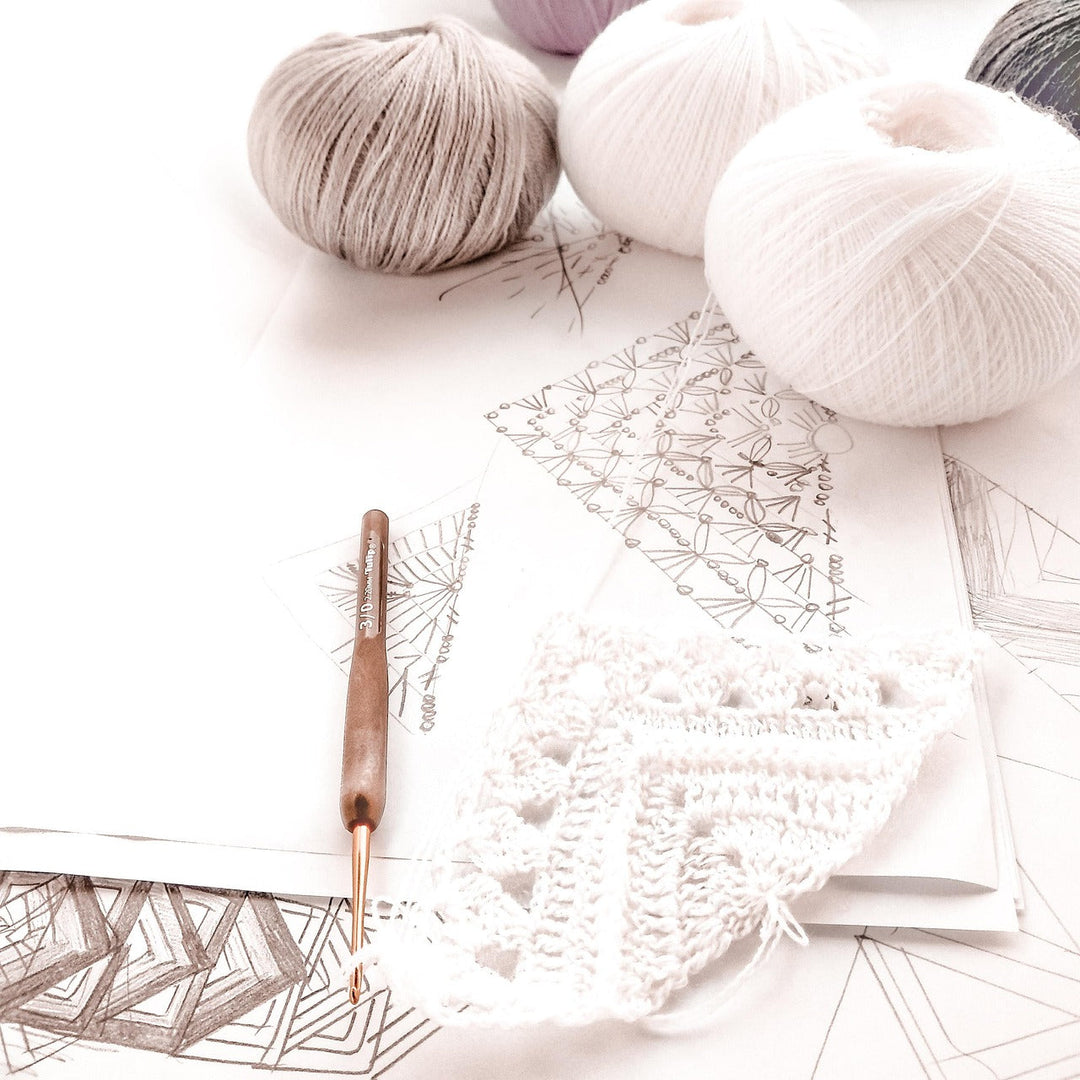
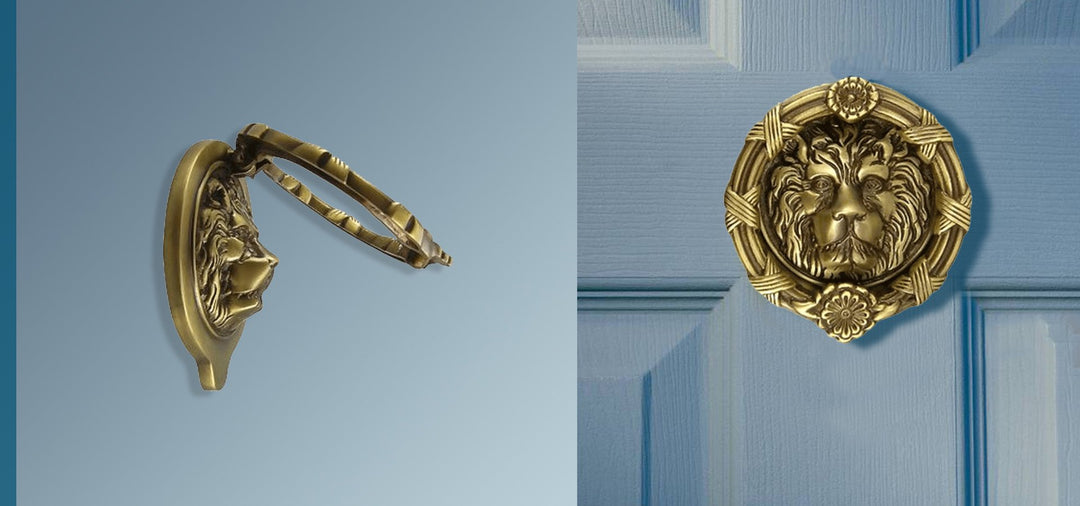
Leave a comment